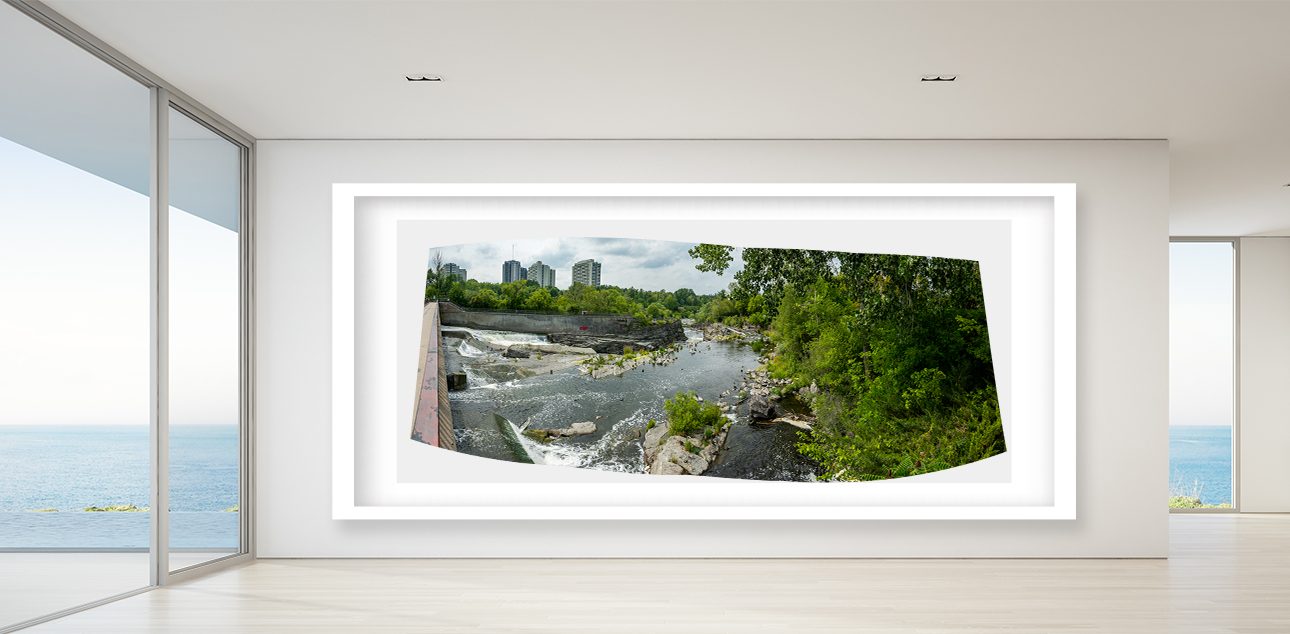Resources
Please, click on collapsible categories to read content in sections.
Step 1
Browse through the photographs in the products display section to explore available options.
Step 2
Click on individual photographs to view description and printing options.
Step 3
Select desired printing size and paper options.
Step 4
After completing the print order, you can either continue browsing or proceed to the check out.
Step 5
Complete the check out procedure.
I strive to ensure a seamless experience for ordering and receiving your fine art photography prints. Below, you’ll find answers to common questions about our process, quality assurance, and policies.
-
How long does it take to receive my order?
Your order will take 3 to 5 business days to be printed by our professional printing partner. Depending on your location, delivery via UPS may take an additional 5 to 7 days. Tracking information will be provided once your order is shipped, so you can monitor its progress. -
Can I order custom sizes?
We currently offer three standard sizes that can be ordered directly through the shop:
-
16×20 inches
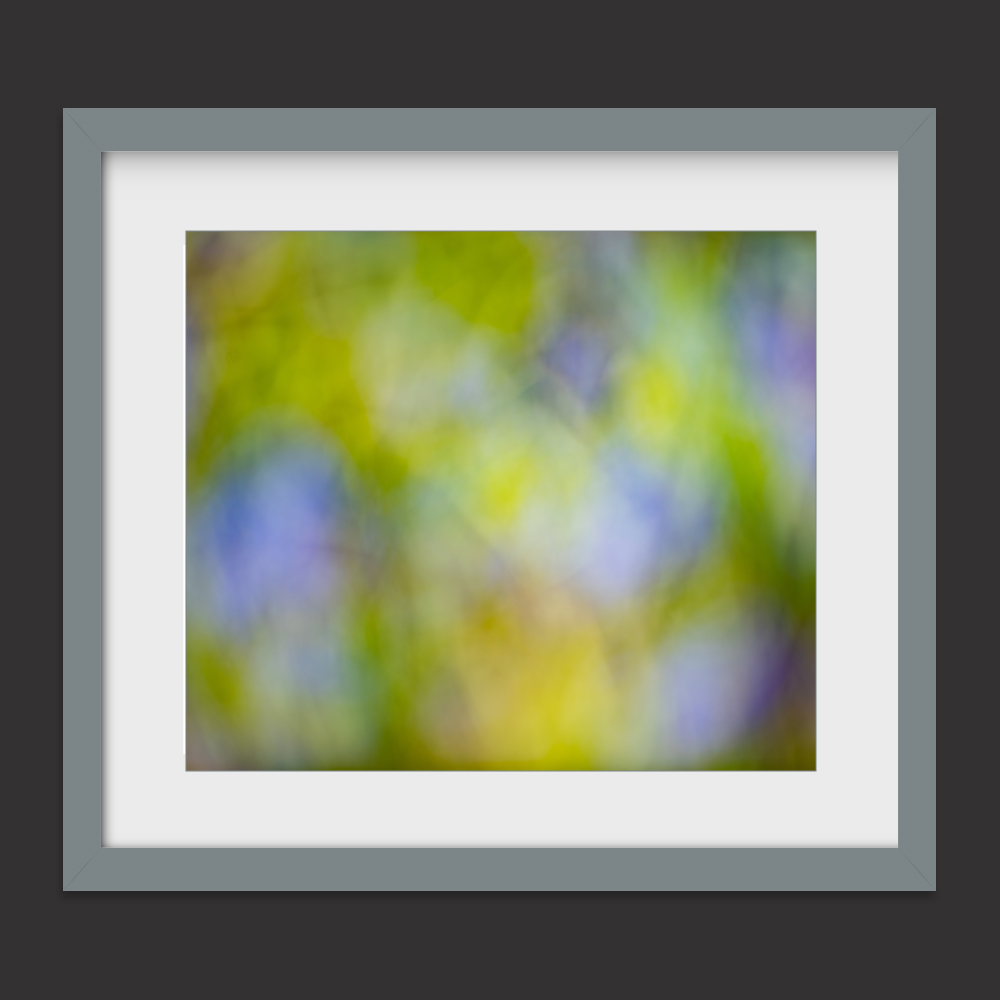
Example of a 16×20 (Landscape) size print -
24×36 inches
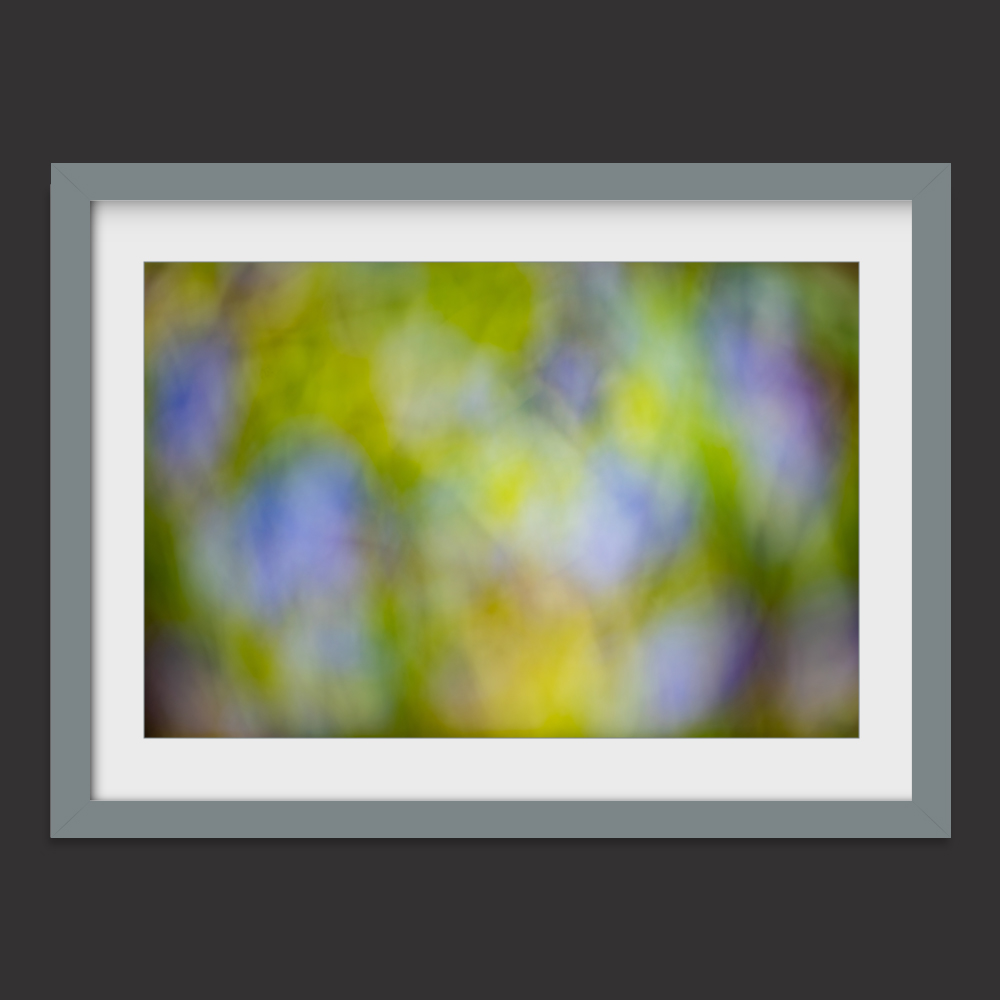
Example of a 24×36 (Landscape) size print -
36×40 inches
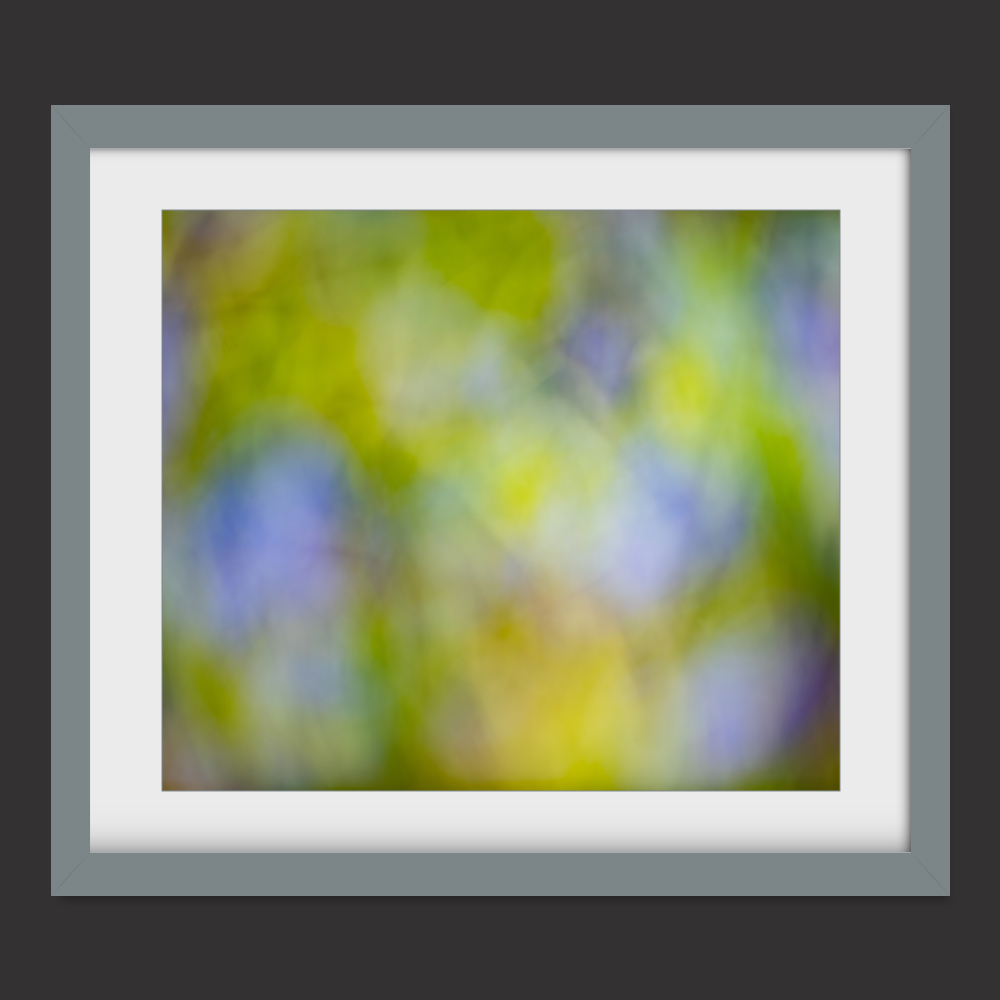
Example of a 36×40 (Landscape) size print -
Will the colors I see on-screen match the final print?
While every effort is made to ensure color accuracy, differences in screen calibration can affect how colors appear on your monitor. To guarantee the highest quality, I personally review a contact sheet and print proof of each photograph before making them available for purchase. This ensures that the prints reflect the intended visual and artistic quality of the digital version.
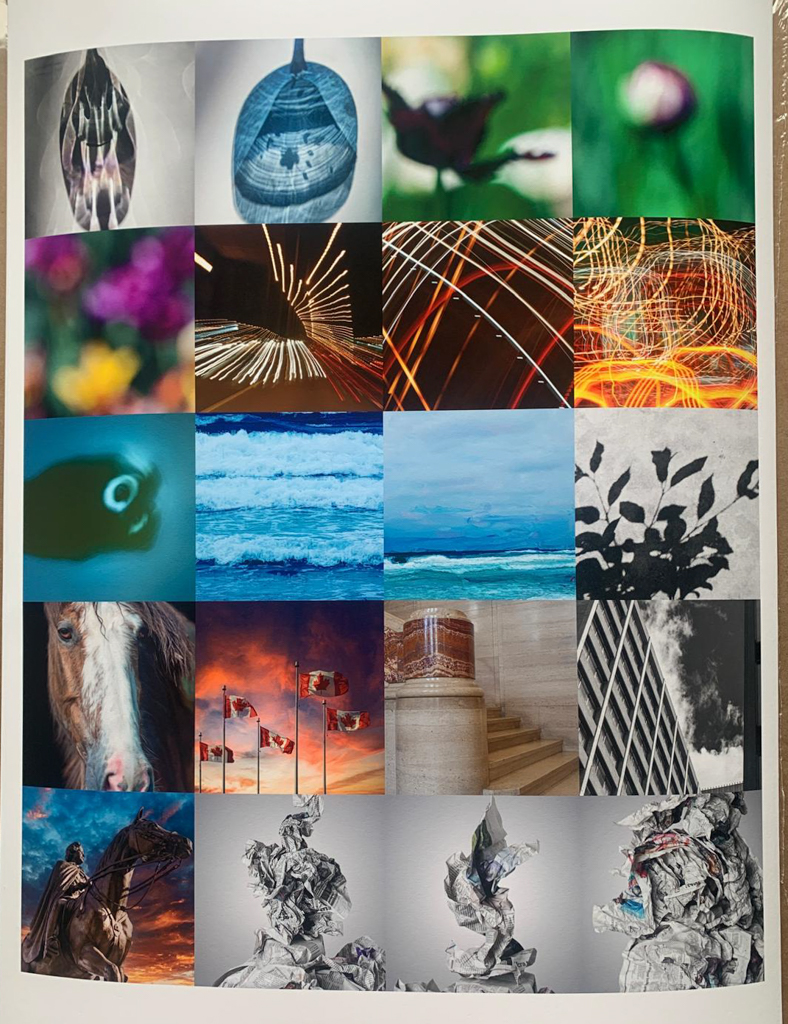
Example of a 16×20 size contact sheet print -
What happens if my print arrives damaged?
We take great care in packaging prints to ensure they arrive safely. However, if your print is damaged during shipping, please contact us within 3 to 5 days of receiving your order. You will have the option to either receive a replacement print at no additional cost or request a refund.
To process your claim, we may ask for a photo of the damage for quality assurance purposes.
If you’re interested in a custom size, we’d be happy to accommodate your request. Simply reach out through our contact page, email, or phone, and we’ll discuss additional sizing options to meet your needs.
Each print is produced by a third-party professional printing company that specializes in fine art printing. Here’s what makes these prints exceptional:
-
Archival Papers: Your photograph will be printed on one of three premium archival papers:
Premium Luster: Delivers vivid colors and sharp detail with a subtle, reflective finish.
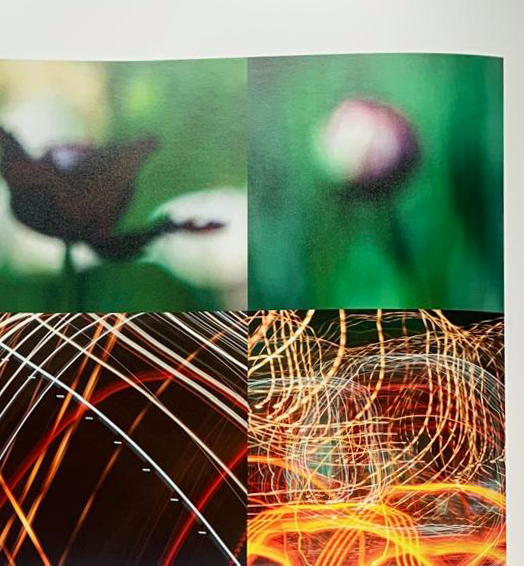
Example of Premium Luster paper
Fine Art Matt: A smooth, non-reflective paper ideal for soft tones and muted contrasts.
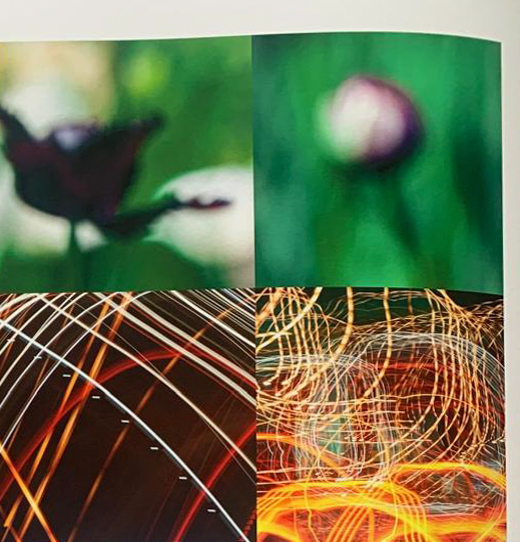
Example of Fine Art Matt paper
Photo Rag: A luxurious cotton paper with a lightly textured finish, perfect for creating depth and detail in fine art prints.
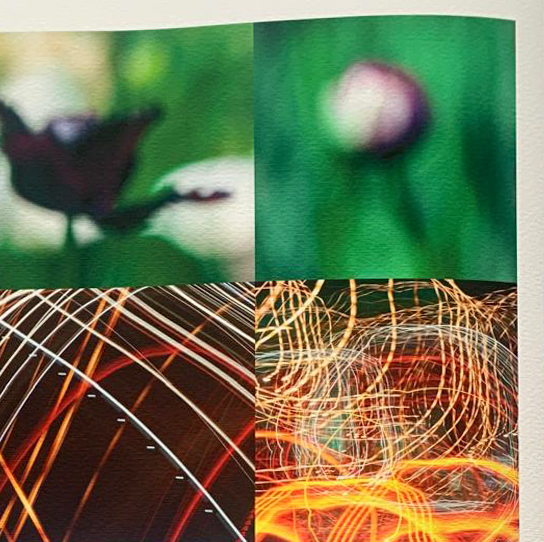
Example of Photo Rag paper
- Archival Ink: The third-party professional printing company uses high-resolution digital printers equipped with 12 archival inks, ensuring a wide color gamut, precise detail, and longevity. This combination produces museum-quality prints that are resistant to fading for over 100 years when displayed under proper conditions.
A Glimpse Into My Photography
Photography is more than just capturing a moment—it’s about transforming perspectives, evoking emotions, and uncovering stories hidden within the ordinary. Here’s an overview of the subjects I explore and the techniques I use to bring them to life:
-
Abstract Photography
In my abstract photography, I delve into the transformative power of perception. By stripping subjects of their defining characteristics, I allow their essence to shine through. Light, shadows, color, and scale become tools of reinterpretation, altering how these elements interact and resonate. Using camera techniques like blurring, zooming, and movement, I aim to create compositions that challenge viewers to see the world differently—finding beauty in shapes, textures, and patterns that often go unnoticed.
-
Landscape & Nature Photography
Nature’s raw, unfiltered beauty inspires much of my work. My landscapes are often characterized by soft tones, minimalism, and a sense of stillness, reflecting the serene yet fragile state of the natural world. The expansive sky frequently plays a central role in my compositions, symbolizing hope, vastness, and environmental consciousness. These images invite viewers to explore and cherish these spaces while acknowledging our responsibility to preserve and protect them.
-
Architecture & Urban Spaces
Urban spaces tell a complex story of coexistence, conflict, and adaptation. My architectural and urban photography examines the intricate relationships between people, public spaces, and built environments. Through these images, I strive to showcase how these elements interact—how they move, shape, and redefine the rhythms of daily life. My compositions often emphasize perspective, scale, and geometry to highlight this dynamic interplay.
-
Still Life Photography
Still life photography is an intimate exploration of the objects that surround us—things that often go unnoticed but deeply influence our lives. Through carefully composed still lifes, I examine how objects connect to memory, emotion, and meaning. Each composition is designed to feel alive and relatable, achieved by manipulating camera angles, zoom, and light to focus attention within the frame. This work invites viewers to reflect on how these objects shape our moods, well-being, and stories.
-
A Unified Vision
From the vibrancy of abstract forms to the serenity of landscapes, the intricacy of urban spaces, and the intimacy of still lifes, my photography seeks to evoke curiosity, reflection, and connection. Each image tells a story, encouraging viewers to explore familiar subjects through a fresh lens, bridging the gap between observation and imagination.
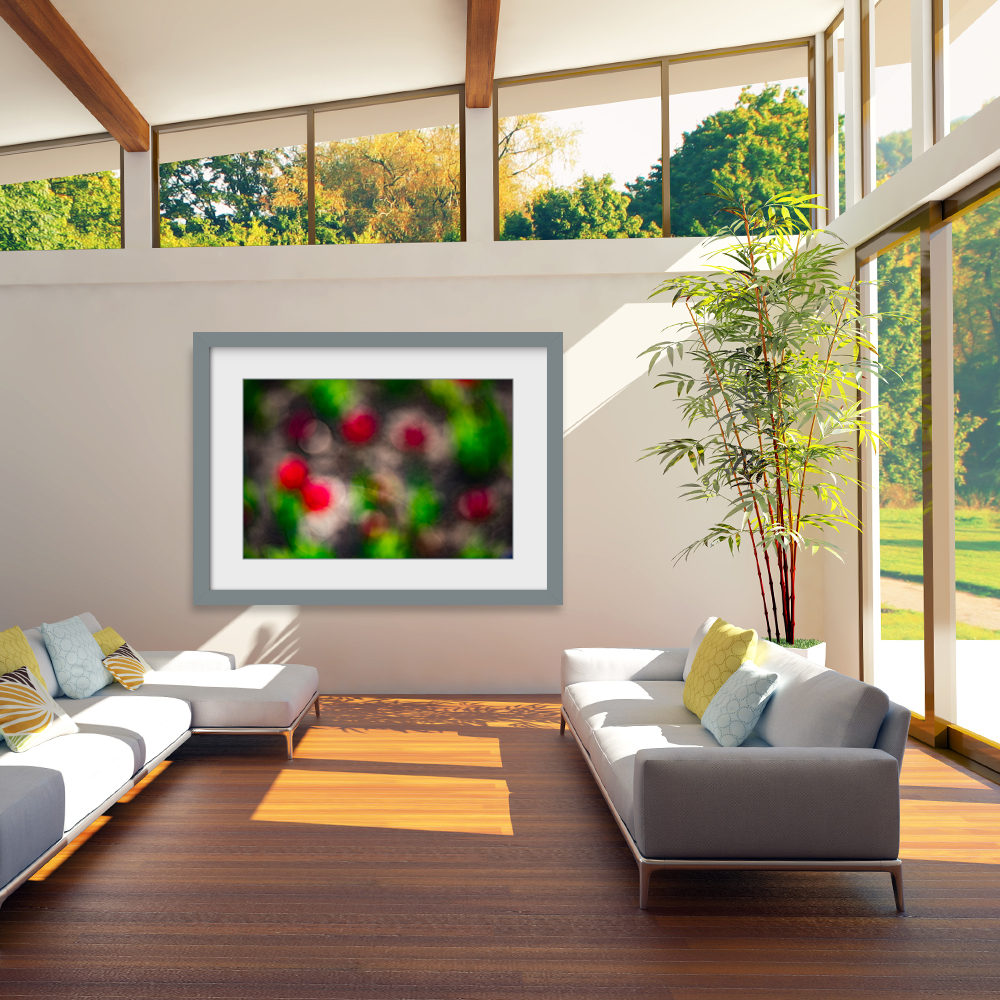
Choosing the right photograph for your home or workspace is about more than just filling an empty wall; it’s about creating an atmosphere that reflects your personality, evokes emotion, and complements your surroundings. Consider these guidelines to help you select a print that resonates with your aesthetic and enhances your space:
-
Match the Mood
Think about the feeling you want the space to convey. A tranquil bedroom might call for soft, dreamy landscapes or abstract compositions with muted tones, while a vibrant living room or office could benefit from bold, colorful prints that inspire energy and creativity.
- Abstract Photography: Adds intrigue and depth, making it a great choice for spaces where conversation and curiosity are encouraged.
- Nature and Landscape Photography: Creates a serene, calming effect, ideal for bedrooms, reading nooks, or meditation spaces.
-
Coordinate with Your Color Palette
Your print should harmonize with the colors in your space. Look for photographs that complement your existing furniture, wall color, and decor. Choose tones that:
- Blend seamlessly for a cohesive look.
- Offer a subtle contrast to add dimension without overwhelming the room.
For neutral spaces, nature-inspired works or black-and-white photography provide timeless appeal. In colorful rooms, look for prints that either match a dominant hue or incorporate a contrasting color for balance.
-
Consider Room Functionality
The purpose of the room should influence your choice. For example:
- Workspaces: Urban and architectural photography can spark creativity and focus.
- Living Areas: Abstracts or dynamic still-life compositions can add energy and sophistication.
- Children’s Rooms: Whimsical pieces or playful abstractions can spark joy and imagination.
-
Make it Personal
Sometimes, the best choice is one that tells a story or holds a personal connection. Whether it’s a serene landscape that reminds you of a cherished memory or an abstract piece that speaks to your personality, your print should feel meaningful and uniquely yours.
-
Size and Placement Matter
The size of your print and its placement can dramatically influence the look and feel of your space. Consider:
- Large Statement Pieces: Ideal for creating a focal point in spacious areas, such as above a sofa or bed.
- Smaller Groupings: Perfect for gallery walls, hallways, or intimate corners where multiple images can work together to tell a story.
- Vertical or Horizontal Orientation: Select the format that best complements your wall dimensions.
-
Experiment and Trust Your Intuition
Ultimately, choosing art is a deeply personal experience. Don’t be afraid to step outside your comfort zone or explore a new style. Your intuition can guide you toward the piece that truly feels “right” for your space.
By thoughtfully considering mood, color, functionality, and size, you’ll transform your walls into a curated gallery that not only reflects your taste but also enhances the character of your home or office. Let your walls tell a story—your story.
Selecting the perfect frame and finding the ideal placement for your fine art photography are key to showcasing its beauty and integrating it into your space. Whether you’re working with one of the standard sizes I offer—16×20, 24×36, or 36×40 inches—or exploring custom options, these tips will help you frame and display your artwork with confidence.
-
Choosing the Right Frame
The frame is an extension of the artwork and should enhance its visual impact while harmonizing with your decor. Consider these elements when choosing a frame:
-
Frame Material
- Wood frames add warmth and are perfect for nature-inspired or still-life pieces.
- Metal frames offer a modern, sleek look for abstract or architectural works.
-
Color and Finish
- Neutral frames (black, white, or natural wood) provide a timeless appeal and allow the artwork to stand out.
- Bold or metallic frames can create a statement and complement vibrant pieces.
-
Matting Options
- A mat can add depth and draw attention to the artwork.
- Consider wider mats for large pieces or smaller mats for more intimate settings.
-
Frame Material
-
Finding the Perfect Placement
Where you display your artwork can dramatically influence the mood of a room. Here are some guidelines:
- Eye Level: Hang the artwork so the center of the piece is at eye level (approximately 57-60 inches from the floor).
- Above Furniture: For pieces above furniture, leave 6-10 inches of space between the top of the furniture and the bottom of the frame.
- Group Displays: Create balance in gallery walls by aligning frames along a central axis or keeping consistent spacing (2-3 inches) between pieces.
- Lighting: Ensure your artwork is well-lit, either with natural light (avoiding direct sunlight) or adjustable gallery lighting to highlight its details.
-
Displaying Based on Size
Each size offers unique opportunities for display:
- 16×20 Inches: Ideal for smaller spaces, such as bedrooms, hallways, or as part of a gallery wall.
- 24×36 Inches: A versatile medium size that works well as a standalone focal point or paired with other artwork.
- 36×40 Inches: A bold, statement-making size perfect for living rooms, dining rooms, or office spaces.
-
Framing Tips for Longevity
Protect your fine art print and ensure its longevity with these framing tips:
- Use UV-protective glass or acrylic to prevent fading.
- Avoid placing artwork in areas exposed to excessive sunlight, humidity, or temperature fluctuations.
- Use acid-free backing and materials to preserve the archival quality of the print.
-
Create a Cohesive Story
When displaying multiple pieces, consider how they relate to each other and to the space.
- Group similar themes (e.g., landscapes or abstracts) or mix complementary styles for an eclectic look.
- The interplay between colors, sizes, and subjects can create a dynamic yet cohesive narrative on your walls.
By thoughtfully framing and displaying your artwork, you not only protect its quality but also elevate its impact, transforming your space into a personal gallery. Let your walls reflect your style, and let the art shine.
Art is not just about what we see—it’s about what we feel, remember, and imagine. My photography is deeply rooted in my personal journey, a reflection of the experiences, challenges, and aspirations that have shaped me. Through my work, I aim to create visual stories that speak to a shared human connection, while also expressing my unique perspective.
-
A Journey of Belonging and Self-Discovery
As an immigrant at the age of 23, I found myself navigating the complexities of a new culture, far from the familiar comforts of home. This profound transition instilled in me a sense of nostalgia and a longing for belonging. My photographs often reflect this interplay between individuality and universality, capturing moments of solitude, connection, and the search for meaning in unfamiliar spaces. Whether it’s the vastness of a landscape or the quiet intimacy of a still life, my work seeks to evoke a sense of place—both physical and emotional.
-
The Influence of Relationships and Resilience
Coming from an intergenerational family and having been supported by genuine people throughout my life, I am constantly inspired by the strength and beauty of relationships. These connections—past and present—serve as a foundation for my creative process. The themes of care, support, and resilience are subtly woven into my photography, whether in the delicate balance of a still life composition or the harmonious interplay of light and shadow in an abstract piece.
-
Curiosity and Exploration
I am driven by an innate curiosity and a desire to explore the unknown. This thirst for discovery often leads me to experiment with techniques and push the boundaries of traditional photography. From the abstraction of light and motion to the careful framing of urban spaces, my work invites viewers to see the world from a fresh perspective, challenging the familiar and embracing the unfamiliar.
-
A Fusion of Skills and Imagination
My educational background has equipped me with the tools to observe, interpret, and respond to the environment around me. Each photograph is a visual synthesis of technical skill and personal insight, informed by my ability to analyze the world while infusing it with imagination. For example:
- Abstract Photography: Explores the transformation of subjects by removing defining characteristics, revealing their essence through light, movement, and texture.
- Landscape Photography: Reflects my appreciation for the natural world, capturing its serenity and the urgency to preserve it for future generations.
- Architecture and Urban Spaces: Documents the dynamic interplay of people, public spaces, and development, emphasizing coexistence and adaptation.
- Still Life Photography: Transforms ordinary objects into evocative compositions, bridging the gap between the living self and the inanimate.
-
Moments of Discovery
Every photograph I create is a moment of discovery—a chance to explore how light, shadow, and perspective come together to tell a story. Challenges, like adapting to a new environment or experimenting with unfamiliar techniques, have shaped not only my work but also my understanding of the world. These moments fuel my creative process and drive me to continue evolving as an artist.
-
An Invitation to Connect
Through my photography, I hope to offer viewers more than just an image—I want to offer a connection. Whether it’s through the quiet serenity of a landscape, the intrigue of an abstract form, or the story within a still life, my art is an invitation to reflect, imagine, and discover.
Fine art photography prints are timeless pieces that can bring beauty and meaning to your space for years to come. To ensure their longevity and preserve their pristine quality, it’s important to handle and display them with care. Follow these simple guidelines to protect your investment and keep your artwork looking its best.
-
Handling Your Prints
- Clean Hands: Always handle prints with clean, dry hands to prevent oils and dirt from transferring to the surface.
- Support the Print: When unboxing or framing, support the print with both hands to avoid bending or creasing.
- Avoid Direct Contact: Handle prints by their edges or use clean cotton gloves to minimize the risk of smudges or fingerprints.
-
Displaying Your Artwork
- Avoid Direct Sunlight: Prolonged exposure to direct sunlight can cause fading, even with UV-protective glass or acrylic. Choose a display area with soft, indirect light.
- Humidity and Temperature: Avoid hanging prints in areas with high humidity or fluctuating temperatures, such as bathrooms or near heating and cooling vents. These conditions can warp the paper or damage the inks.
- Use Proper Framing: Invest in high-quality frames with UV-protective glass or acrylic to shield your prints from light, dust, and pollutants. Acid-free matting and backing further enhance the preservation of archival prints.
-
Cleaning Your Framed Artwork
- Glass or Acrylic Surface: Use a microfiber cloth to gently remove dust. Avoid using household glass cleaners, as they can damage protective coatings on acrylic or glass.
- Frame Maintenance: Periodically check the frame’s corners and hardware to ensure everything remains secure and dust-free.
-
Long-Term Storage
- Protective Sleeves: Store unframed prints in acid-free protective sleeves or archival storage boxes to prevent discoloration or damage.
- Flat Storage: Always store prints flat, away from heavy objects or high-traffic areas to avoid accidental creases or folds.
- Cool, Dry Environment: Ensure your storage area is cool, dry, and away from direct sunlight or humidity.
-
Keep Your Artwork Safe
- Monitor Placement: Reassess your display areas periodically to ensure the environment remains suitable for your prints.
- Be Aware of Accidents: Keep prints out of reach of children and pets who might unintentionally damage them.
By following these care instructions, you can enjoy your fine art photography prints for decades to come. These simple steps help preserve the vibrant colors, textures, and archival quality that make fine art prints a cherished addition to any space.
